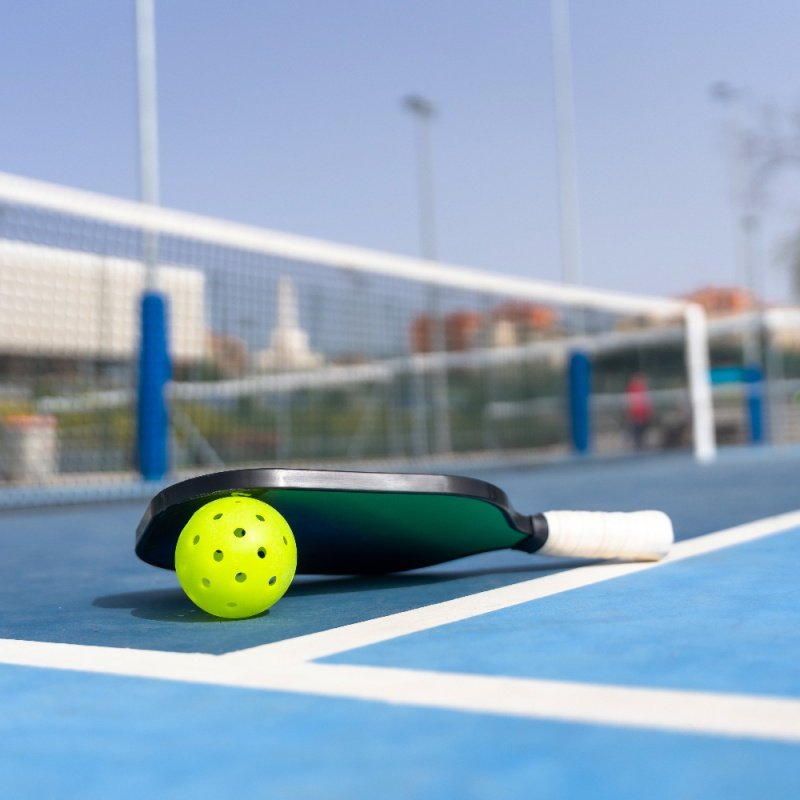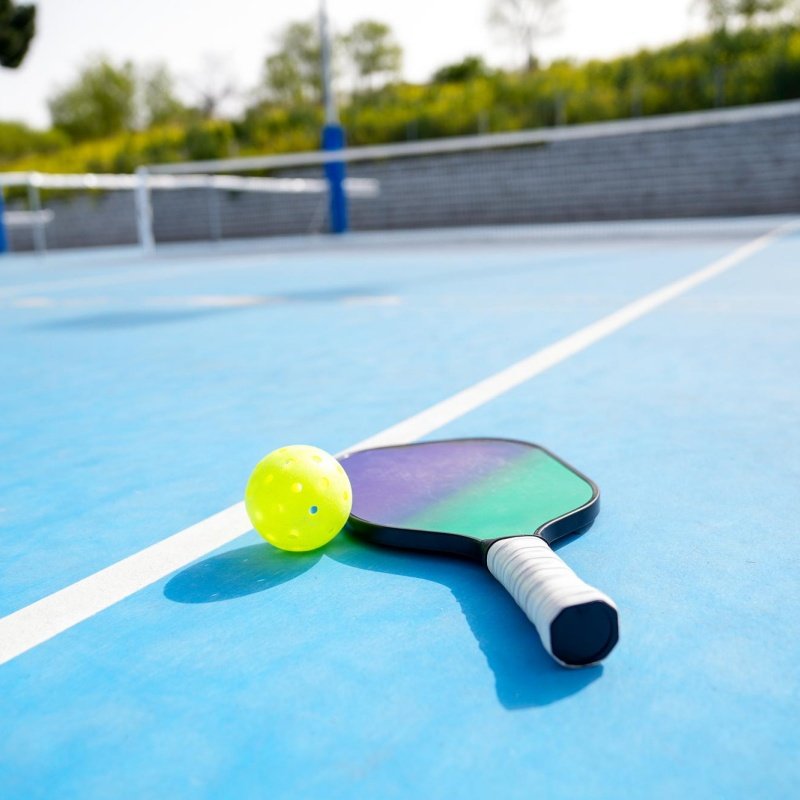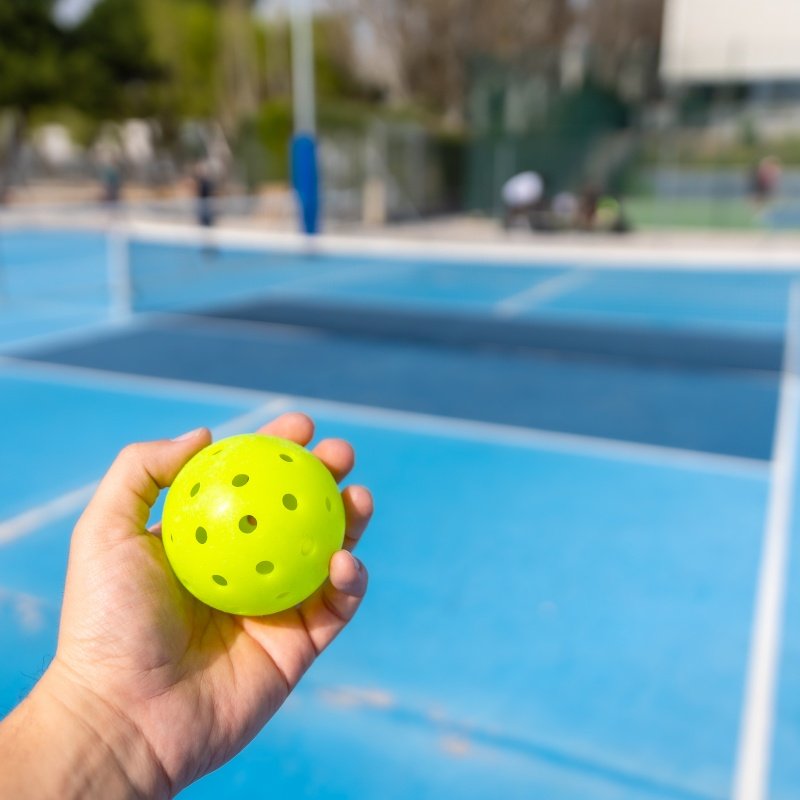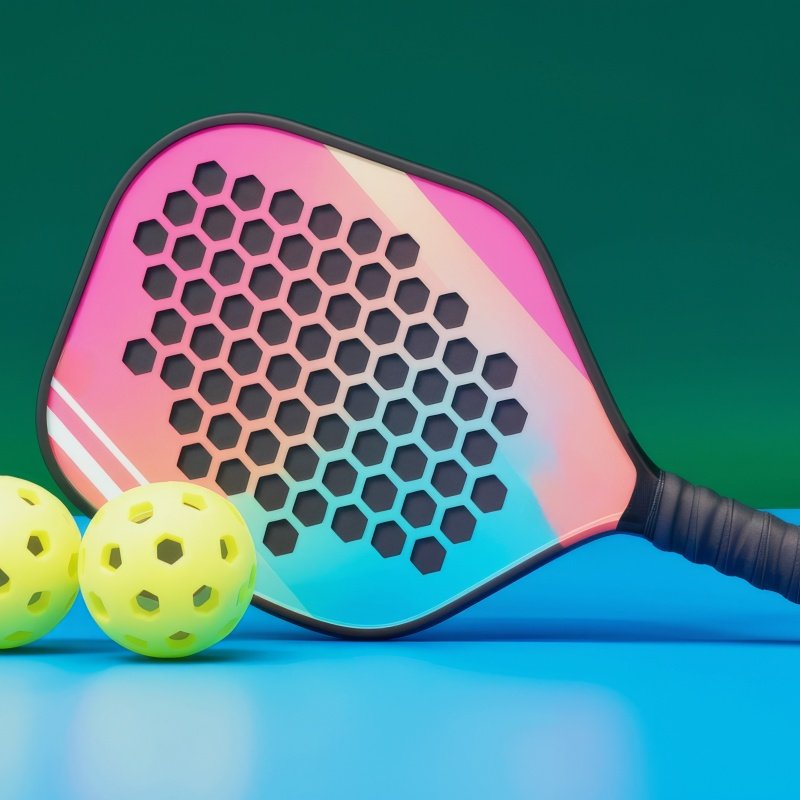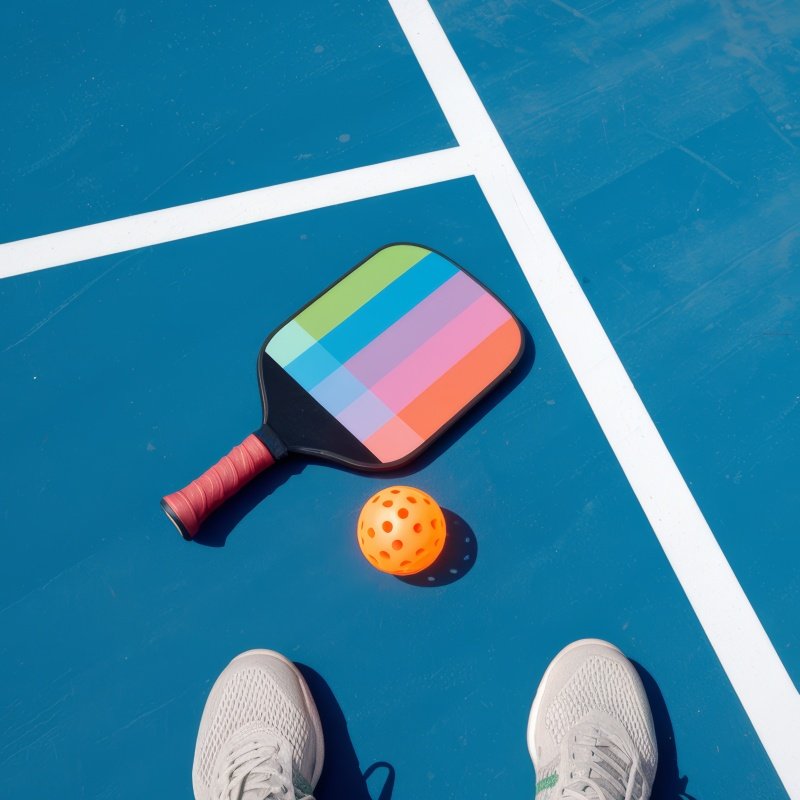Noise reduction in indoor pickleball facilities is essential for maintaining a comfortable environment. Let’s explore the strategies used to control and mitigate noise.
Indoor pickleball facilities use soundproofing techniques1, acoustic design2, and sound-dampening materials3 to reduce disruptive noise levels.
By understanding the methods and materials involved, we can better appreciate how these facilities create a quieter and more pleasant playing space.
How do you mitigate pickleball noise?
Mitigating pickleball noise involves various strategies, from soundproofing walls and ceilings to using special flooring. Each of these solutions plays a crucial role in minimizing the disruptive noise the sport generates.
Mitigating pickleball noise requires soundproofing, acoustic treatment4, and proper facility design to absorb and deflect sound.
The main source of noise in pickleball comes from the ball hitting the paddle and the court surface. To mitigate this, indoor facilities often use sound-dampening materials, such as rubber flooring5, acoustically treated walls, and specialized ceiling panels. These materials absorb the sound, preventing it from bouncing off surfaces and becoming amplified. Additionally, the layout of the courts themselves can play a role in how sound is distributed and absorbed within the facility.
Common soundproofing techniques
- Rubber flooring: Reduces the echo of bouncing balls.
- Acoustic ceiling tiles: Absorb high-frequency noise.
- Wall treatments: Specialized panels that reduce sound reflection.
- Soundproof doors and windows: Prevent noise from escaping the facility.
| Sound Mitigation Solution | Effectiveness | Location Used |
|---|---|---|
| Rubber flooring | High | On court surfaces |
| Acoustic ceiling panels | Very high | Above courts |
| Wall panels | Moderate to high | Around courts and areas |
| Soundproof doors/windows | High | Facility entrances |
What is the best sound barrier for pickleball?
The best sound barrier for pickleball depends on the type of noise being addressed and the specific goals of the facility. For reducing ball impact sounds, materials like rubber and acoustic panels are often the most effective.
The best sound barrier combines noise-absorbing materials like[rubber, foam, and acoustic panels to create a quiet environment.
For pickleball courts, rubber flooring is often considered the most effective sound barrier, as it reduces the impact noise of the ball hitting the surface. Additionally, foam-based acoustic panels or fabric-wrapped fiberglass panels on walls and ceilings absorb sound waves. These materials help keep noise from reverberating around the space, making the environment quieter.
Why rubber flooring works
Rubber flooring is ideal for pickleball courts because it can absorb shock and minimize noise generated by fast-moving balls. This flooring type prevents the hard surfaces from amplifying the noise, providing a quieter experience for both players and spectators.
| Material | Sound Absorption Quality | Application |
|---|---|---|
| Rubber flooring | High | Court surfaces |
| Acoustic panels (foam/fiber) | Very high | Walls and ceilings |
| Fabric-wrapped panels | Moderate to high | Surrounding structures |
How to make pickleball courts quieter?
Making pickleball courts quieter requires a combination of strategic design and material choices. Whether it’s adding soundproofing to the walls or selecting quieter flooring options, there are several ways to reduce noise.
To make courts quieter, install soundproof walls, use rubber flooring, and choose acoustic treatments for ceilings.
Besides flooring and wall treatments, the court’s orientation and layout also play a key role. Courts positioned near walls that reflect sound can amplify noise. Designing the facility with open space around courts or using materials that absorb sound can reduce overall noise levels. Proper acoustics in the facility’s design prevent sound from bouncing around too much, making it a more pleasant experience for players and spectators alike.
Acoustics and facility design
The design of the building itself is critical in how sound behaves. Larger spaces with high ceilings and hard surfaces will amplify noise, while smaller, more enclosed spaces with sound-dampening features will help absorb sound. Facilities often use design techniques such as sloped ceilings and partitions to direct noise away from the courts and minimize reflection.
| Solution | Purpose | Effectiveness |
|---|---|---|
| Proper facility layout | Direct sound away from courts | High |
| Sloped ceilings | Prevent sound reflection | Moderate to high |
| Use of partitions/curtains | Block sound from escaping | High |
Is indoor pickleball loud?
Indoor pickleball can be loud, especially in facilities that aren't designed to mitigate noise. The combination of the ball hitting the paddle and the surface can produce sharp sounds that carry across the room.
Yes, indoor pickleball can be loud, but facilities use soundproofing and design techniques to control noise.
While indoor pickleball is typically louder than outdoor play due to the enclosed environment, it doesn't have to be disruptive. Facilities equipped with soundproofing materials like rubber floors and acoustic panels can reduce the overall noise levels, creating a more enjoyable playing atmosphere. Additionally, the use of quieter balls and paddles can also contribute to less noise.
Quieter alternatives for a better experience
Some facilities have turned to quieter paddles and balls designed specifically to reduce sound. These specialized equipment options can further help mitigate noise, especially in areas where sound is a concern, such as near residential zones.
| Quieter Equipment | Purpose | Sound Reduction Impact |
|---|---|---|
| Quiet pickleball paddles | Reduce impact noise | Moderate |
| Noise-reducing balls | Lower sound of ball bounce | High |
Conclusion
Indoor pickleball facilities reduce noise through a mix of soundproofing materials, strategic design, and quieter equipment, creating a more comfortable environment for players and spectators.
-
Learn about soundproofing techniques to control noise levels in facilities. ↩
-
Discover how acoustic design enhances noise mitigation in indoor spaces. ↩
-
Understand the role of sound-dampening materials in reducing disruptive sounds. ↩
-
Explore acoustic treatment methods for better sound absorption. ↩
-
Learn why rubber flooring is effective in minimizing noise in pickleball courts. ↩


